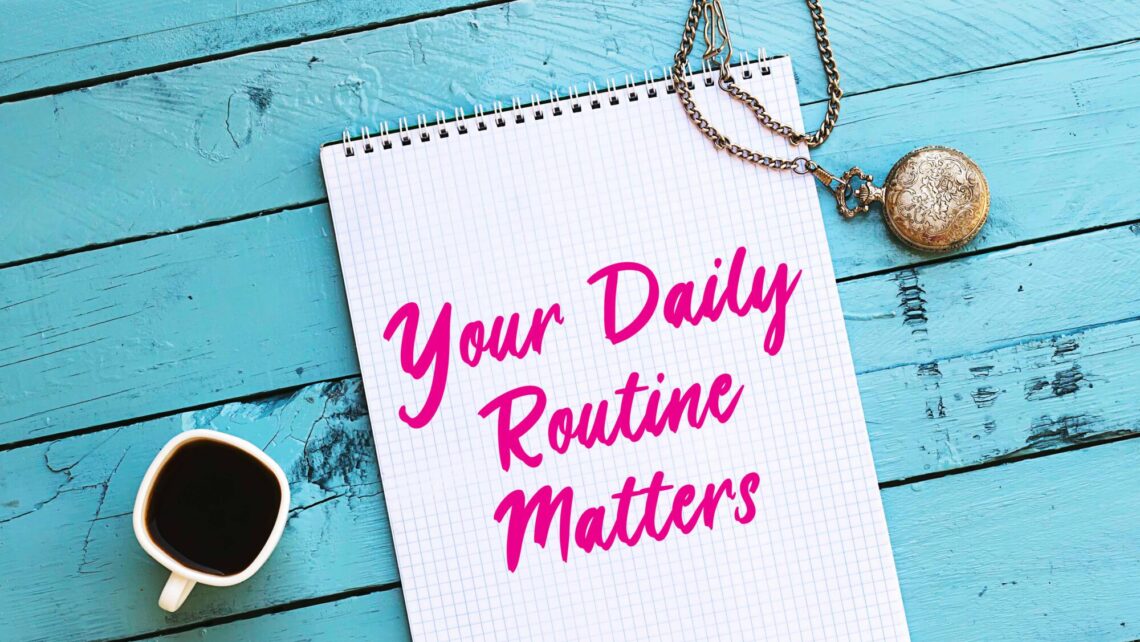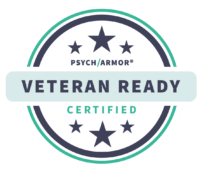Improve Your Health With Habit Stacking
A key to enhancing your well-being is to create habits that are meaningful to you. Once certain routines are part of your daily recovery practice, it’s much easier to build upon what you’ve established. This is the philosophy of habit stacking, and why many people are touting its benefits—and how easy it is to do.
Understanding the Concept of Habit Stacking
This practice is believed to be the brainchild of S.J. Scott, a prolific productivity author, especially on the topics of habits and routines. In his books, Habit Stacking: 97 Small Life Changes That Take Five Minutes or Less and Habit Stacking: 127 Ways to Improve Your Health, Wealth, and Happiness, he first introduced the methodology as a means to simplify the process of creating lasting, effective habits. Since then, habit stacking has gained widespread recognition as a technique to help you make healthier choices, change particular behaviors, and improve other areas of your life.
This process is like creating a chain of mini-routines that makes it easier to build new habits by attaching them to existing ones. For example:
- Imagine you already have a solid habit, like making your morning coffee.
- To develop a new habit, you “stack” it onto the coffee-making routine.
- So while your coffee brews, you might decide to do a quick stretch or read a page from a book.
By linking the new habit to an established one, you make it easier to remember and integrate into your daily life as a seamless part of your routine. This usually takes 4–10 weeks.
Why does the process work? The American Center for Cancer Research (AICR) indicates that “neurons in the brain are information messengers that support behavior patterns. Some researchers posit that the more you do something, the stronger and more efficient the neuron connections become.” Some studies also suggest that as we age, it’s more challenging to make behavioral changes. Using a method like habit stacking provides a positive form of conditioning by shaping your behavior with incentives. This makes it easier to adapt to change, reduce frustration, and increase our chances of success.
The potentially fun part of habit stacking is that it feels like crafting your personalized daily ritual for wellness. You get to play around with different combinations and see what works best for you. Maybe you add a quick meditation session after brushing your teeth or jot down three things you’re grateful for while waiting for your toast to pop. Over time, these small, stacked actions build momentum, transforming your day with little effort—like a domino effect of positive habits, making your daily routine a sequence of purposeful productivity.
Pros and Cons of Habit Stacking
Just as not every addiction treatment method works for all people, certain “lifestyle hacks” may work well for some individuals, but not others.
Many people report benefits of habit stacking such as:
- Consistency. This type of structure often helps them stick to their desired behaviors.
- Efficiency. Since an established habit already exists, adding another one is easier if it follows that format.
- Simplicity. And to both of those points, when you’re already following your existing routine, there’s less to change.
Habit stacking might also help reduce decision fatigue, which also helps improve overall wellness.
Some of the disadvantages might be:
- Dependency. You might find that if every day must follow an exact routine, there’s less opportunity for spontaneity or the ability to adapt when necessary.
- Limitations. Always forcing every aspect of your life into a particular routine might hinder your ability to embrace new habits, which is counter-productive to your overall goals.
Ultimately, you’ll have to commit to trying habit stacking with something small, like always drinking a full glass of water at each 12-Step meeting, for 4–10 weeks. Observe how you feel in a weekly update. Then, once the experiment is complete, evaluate as to whether this is the direction you want to go and if this is how you want to accomplish it.
Find More Holistic Recovery Tips at Seabrook
When you choose sobriety, part of the process is detoxification, analysis of behavior, and adjusting your lifestyle to embrace better health. But maintaining recovery, while sometimes challenging, is also the perfect opportunity to embrace new ways of thinking, doing, and being. At Seabrook’s four award-winning addiction treatment centers in New Jersey, our board-certified professionals provide numerous techniques to help you live better in mind, body, and spirit. We introduce you to numerous holistic practices so you can build upon your ability to evolve. If this is where you want to be in life, talk to a member of our admissions team today to learn how we can help.




